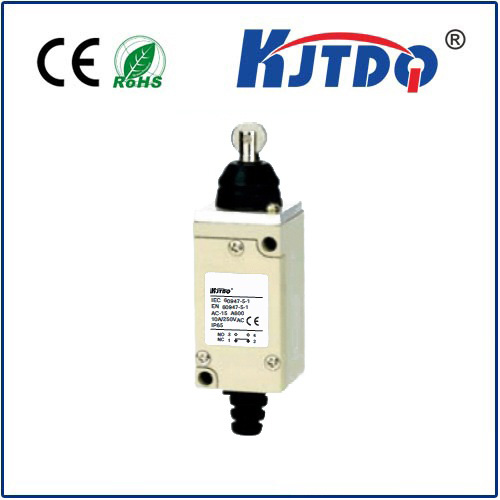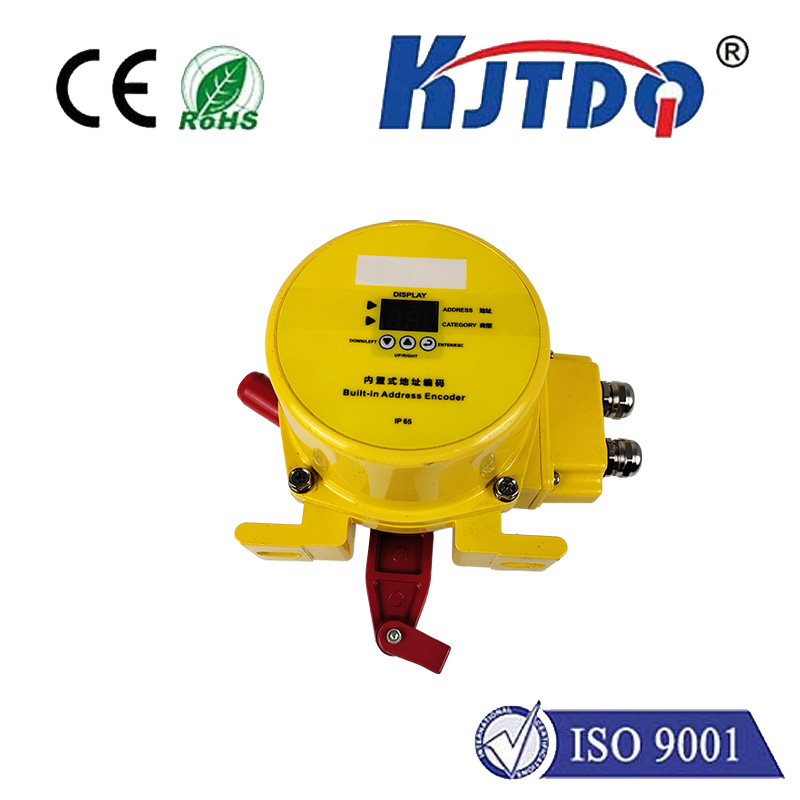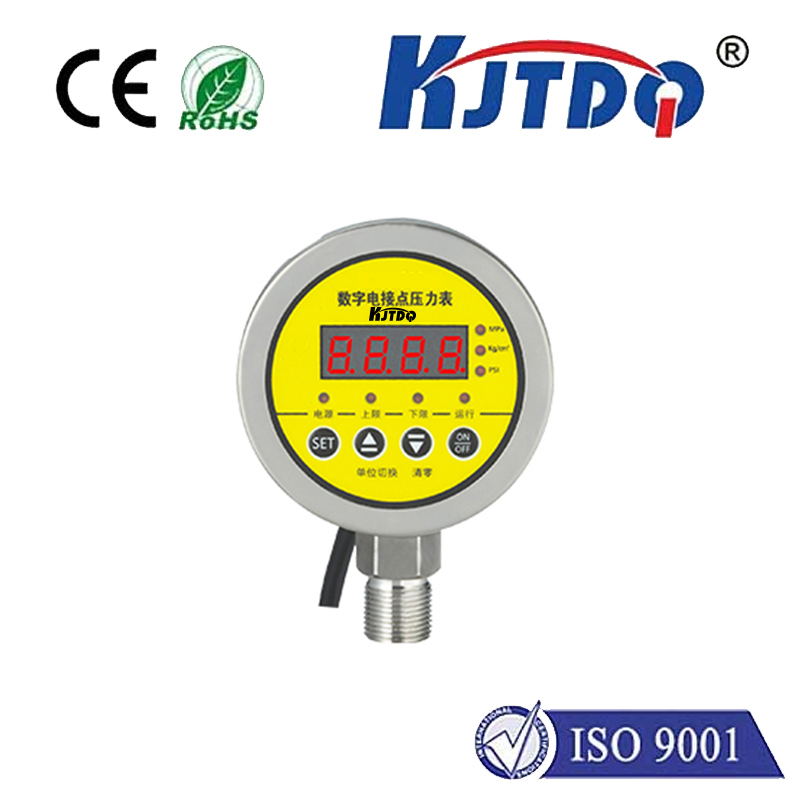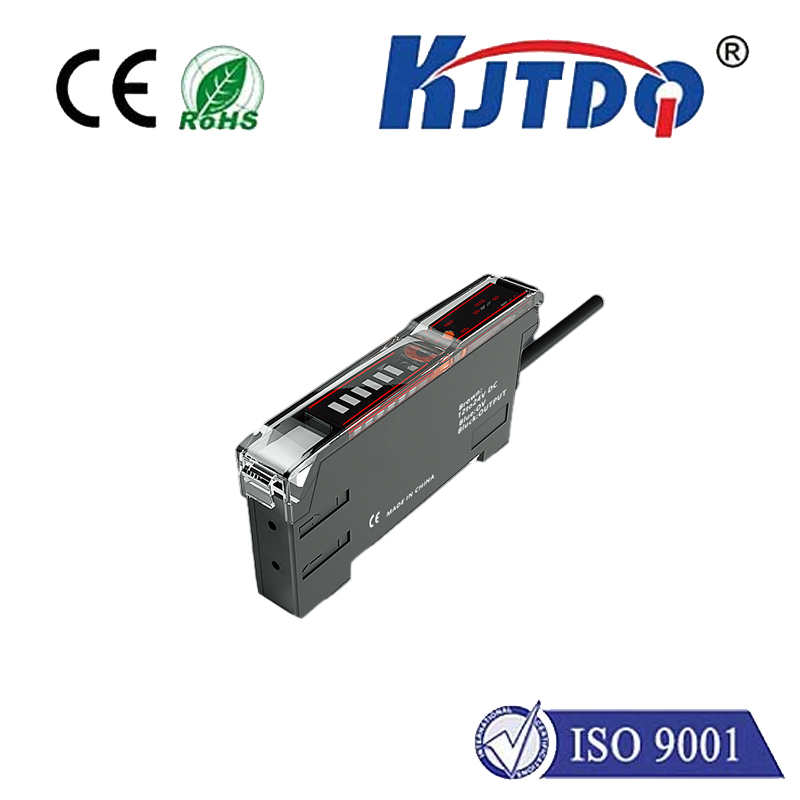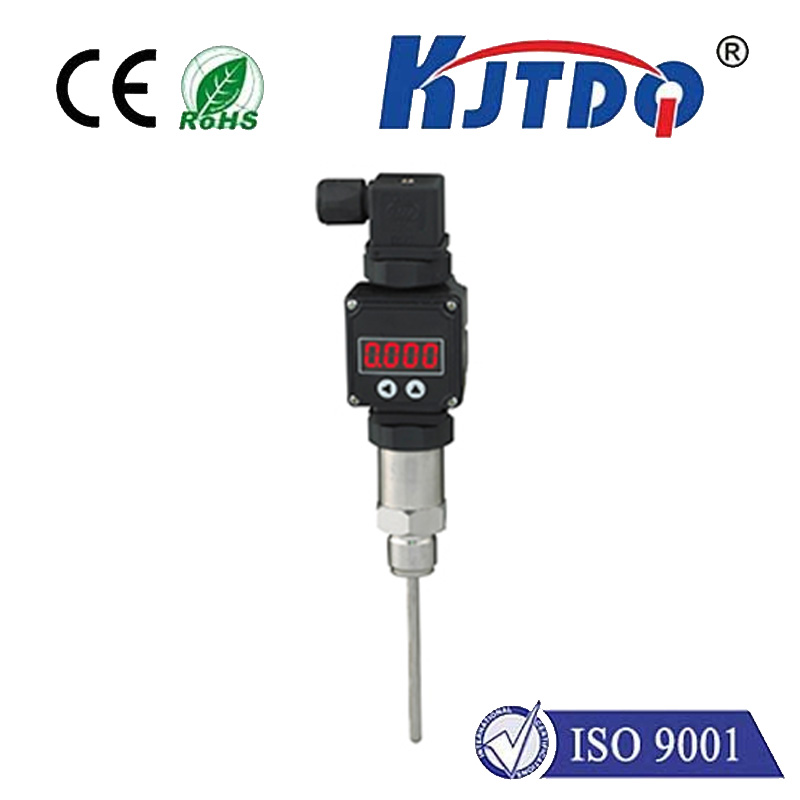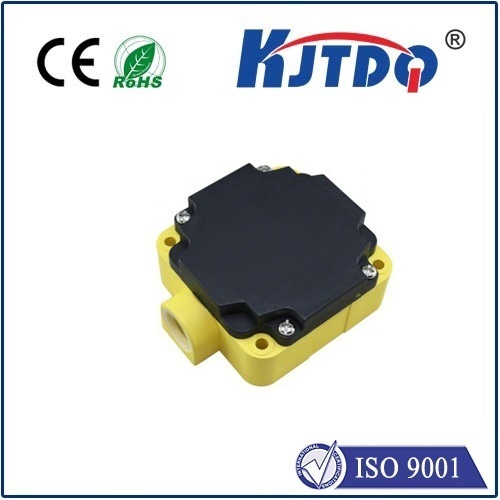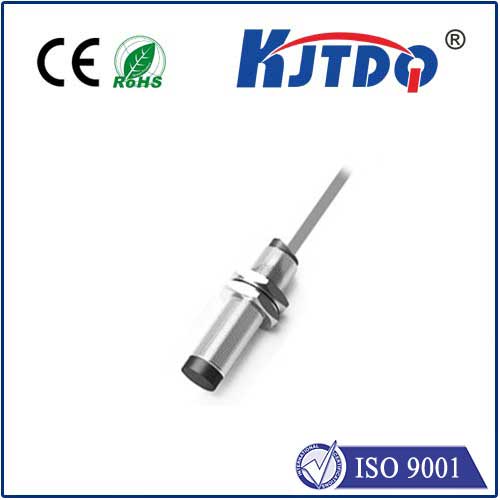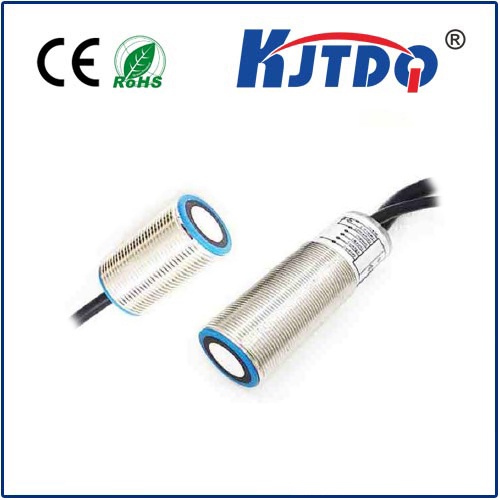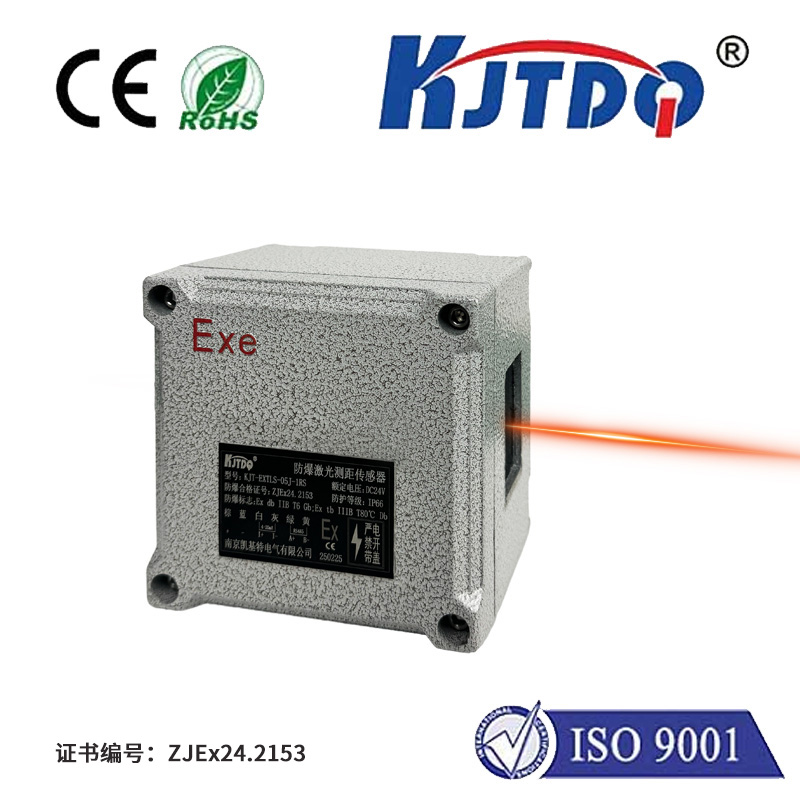fiber optic temperature sensor
- time:2025-08-23 00:05:34
- Click:0
Fiber Optic Temperature Sensors: Precision Measurement Where Traditional Sensors Fail
Imagine needing to know the exact temperature inside a high-voltage transformer humming with lethal electricity. Or precisely tracking thermal gradients along kilometers of pipeline buried deep underground. Perhaps monitoring critical components within the intense magnetic fields of an MRI scanner. In these demanding scenarios – and countless others – traditional electronic temperature sensors often stumble, fail, or simply cannot be safely deployed. Enter fiber optic temperature sensors, a revolutionary technology transforming how we measure heat in the most challenging environments.
Understanding the Core Principle: Light as the Messenger
At its heart, fiber optic temperature sensing relies on a fundamental concept: the interaction between light traveling through an optical fiber and the surrounding temperature. Rather than using electrical resistance (like RTDs or thermistors) or voltage generation (like thermocouples), these sensors detect subtle changes in the properties of light itself. Key phenomena leveraged include:

- Fluorescence: Certain materials doped into the fiber tip emit fluorescent light when excited by a light pulse. The decay time or intensity of this fluorescence is intrinsically temperature-dependent.
- Fiber Bragg Gratings (FBGs): Microscopic periodic variations etched into the fiber core act like selective mirrors, reflecting a specific wavelength of light. This Bragg wavelength shifts linearly and predictably with changes in temperature (and strain).
- Raman Scattering: When light travels down a fiber, a tiny amount undergoes inelastic scattering. The intensity ratio of the two resulting spectral components (Stokes and Anti-Stokes Raman bands) is strongly influenced by temperature. This principle underpins Distributed Temperature Sensing (DTS).
- Rayleigh Scattering: While primarily used for vibration/strain sensing, advanced techniques can also extract temperature information by analyzing phase shifts in the backscattered Rayleigh signal.
A sensor system typically comprises an optical fiber (the sensing element), an optoelectronic unit (interrogator) that launches light pulses and analyzes the returned signal, and software for data processing, visualization, and alarming.
Why Choose Fiber Optic Sensing? Key Advantages Unveiled
The unique operating principle translates into a suite of compelling advantages that make optical temperature sensors indispensable in many fields:
- Passive and Immune to EMI/RFI: The sensing fiber contains no electronics. This makes it completely immune to electromagnetic interference (EMI), radio frequency interference (RFI), and lightning strikes – a critical factor near power lines, motors, generators, or in medical imaging suites. They also present no spark risk in explosive atmospheres (ATEX/IECEx compliant).
- Intrinsically Safe: The low optical power levels used pose no ignition hazard, making these sensors ideal for intrinsically safe applications in oil & gas, chemical processing, and mining.
- High Precision and Accuracy: Modern fiber optic temperature sensor systems offer exceptional measurement resolution (down to 0.01°C) and high accuracy (±0.5°C or better), rivaling and often surpassing traditional methods.
- Multiplexing Capability: A single optical fiber can incorporate dozens or even hundreds of individual sensing points (like FBGs) along its length. Distributed Temperature Sensing (DTS) systems can continuously measure temperature every meter along many kilometers of fiber cable, creating a detailed thermal profile.
- Long-Distance Monitoring: Light signals can travel tens of kilometers with minimal loss, enabling remote monitoring of vast or inaccessible assets like pipelines, tunnels, or power cables from a single control point.
- Small Size and Flexibility: The optical fiber itself is incredibly thin (similar to a human hair) and flexible. This allows for minimally invasive installation in tight spaces, embedding within composite materials, or wrapping around complex geometries.
- Corrosion and Chemical Resistance: Glass optical fibers are inherently resistant to most chemicals and corrosive environments, offering long-term stability where metallic sensors would degrade.
- Long-Term Stability: With no moving parts and drift-minimized optical principles, these sensors exhibit excellent long-term stability and require minimal recalibration compared to some electronic counterparts.
Where Fiber Optic Temperature Sensors Excel: Diverse Applications
The unique strengths unlock applications previously difficult or impossible:
- Energy Sector:
- Power Generation & Distribution: Monitoring wind turbine gearboxes/generators, transformers, bushings, stator windings, and high-voltage cable joints under load.
- Oil & Gas: Downhole monitoring in wells (DTS), pipeline leak detection via temperature anomalies, tank farm temperature profiling, flare tip monitoring, LNG processing.
- Industrial Processes:
- High-Voltage/High-Frequency Environments: Furnaces, induction heating, microwave processing, power electronics cooling.
- Chemical & Petrochemical: Reactor vessel monitoring, leak detection in piping, temperature control in hazardous areas.
- Aerospace: Engine component testing, thermal protection system monitoring on spacecraft, embedded sensing in composites.
- Healthcare & Medical:
- Medical Imaging: Precise temperature monitoring during MRI-guided thermal ablation therapies (MRgFUS) and within MRI scanners where metal sensors cause artifacts.
- Hyperthermia Treatment: Real-time monitoring for cancer treatments using localized heat.
- Lab Equipment: Monitoring sensitive biological samples or reactions.
- Research & Development:
- Material Science: Embedded sensing during material curing (composites, concrete), high-temperature testing.
- Cryogenics: Low-temperature measurement stability.
- Environmental Monitoring: Geothermal studies, permafrost monitoring.
- Fire Detection & Prevention: Early and precise detection of hot spots in tunnels, warehouses, conveyor belts, and cable trays using DTS.
| Industry Sector |
Key Challenges |
Fiber Optic Sensor Solutions |
| Energy Distribution |
High-voltage interference, remote monitoring |
EMI immunity, long-distance capability for transformer/bushing monitoring |
| Industrial Processes |
Explosive atmospheres, high temperatures |
Intrinsic safety, corrosion resistance for reactor/pipe monitoring |
| Medical Applications |
MRI compatibility, precision requirements |
Non-metallic components, sub-degree accuracy for thermal therapies |
| Aerospace Engineering |
Extreme environments, space constraints |
Lightweight flexible installation for engine monitoring |
Choosing the Right Fiber Optic Temperature Solution
Selecting the optimal fiber optic temperature sensor depends heavily on the application requirements:
- Point Sensing vs. Distributed Sensing: Do you need discrete measurements at specific locations (good for FBGs or fluorescent tips) or a continuous temperature profile over length (requires DTS)? Both optical temperature sensors serve distinct needs.
- Precision Requirements: What resolution and accuracy are critical? Medical applications demand higher precision than some industrial monitoring.
- Environmental Conditions: Consider temperature range, presence of chemicals, radiation, moisture, or vibration.
- Installation Constraints: Determine available space, bend radius requirements, and whether embedding or surface mounting is needed.
- Measurement Speed: How rapidly does the temperature change? Some techniques offer faster sampling rates than others













